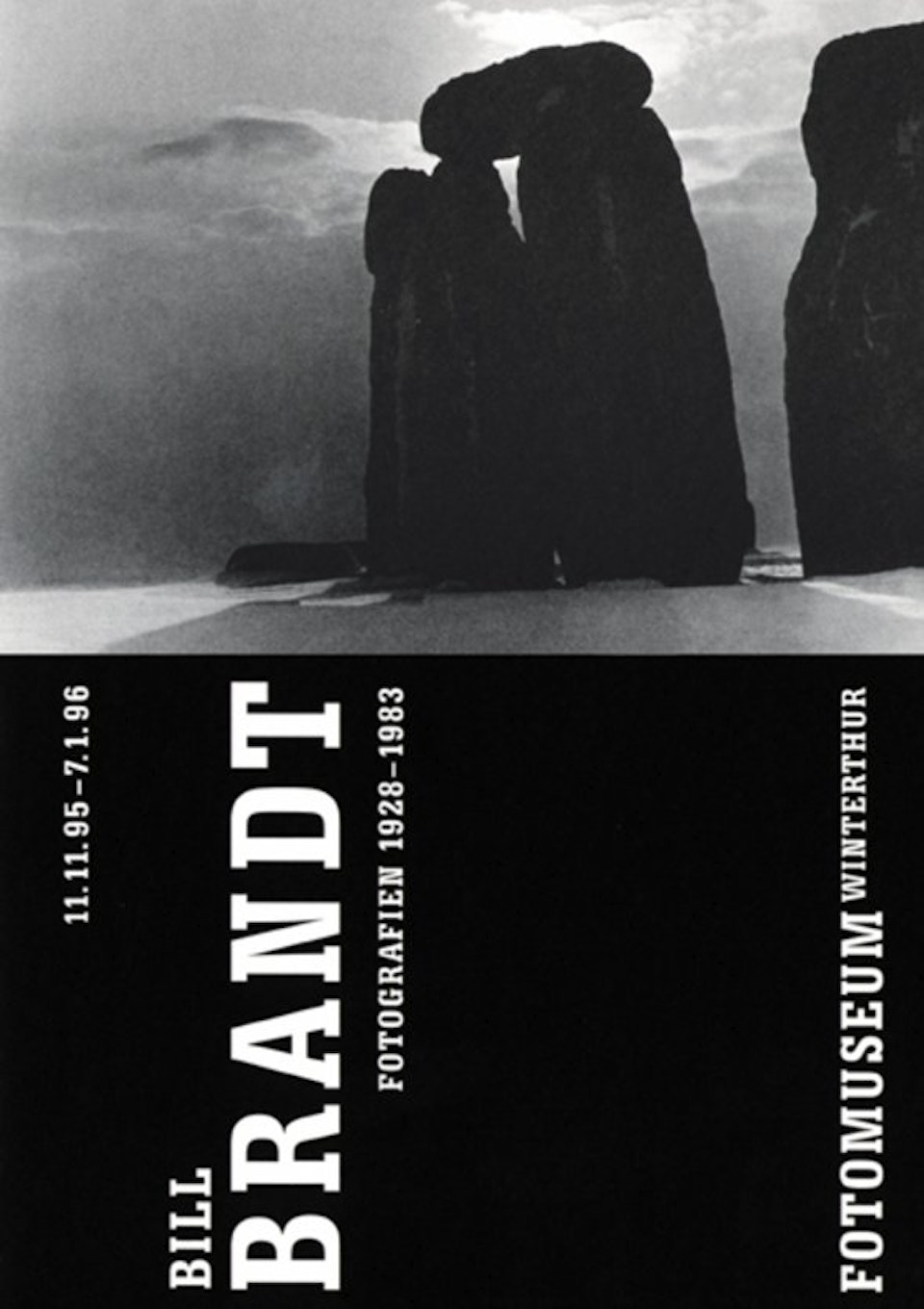
Bill Brandt – Photography 1928–1983
Layed out on stones on an ocean beach and photographed from an extreme perspective, the female body becomes sculpture, becomes pure form. Naked, leaning against a wooden wall, the eyes concentrating on something out of sight, the model becomes mysterious, unexplainable, a strange woman: In the 1940’s, already an established photographer, Bill Brandt took up nude photography – which was to make him world famous.
Born in Hamburg in 1904, he began however – after his apprenticeship with Man Ray – with photoreportage, with a documentation of the British way of life as in Home and Darkness, with its bright social side and its dark aspects, dives, backyards, the bombshelters of the Second World War. In Shadowlands, his series of English landscapes, his surreal, dark side is most marked. His virtuoso handling of light and shadow forms fields, stones and houses into images which are to be read as metaphors for the conditions of human existence. Stonehenge, reproduced on the front side, is one of his formally most minimalist and monumental landscape photographs – here too, in this picture without people, the theme is man’s isolation.
The major retrospective Bill Brandt – Photography 1928–1983 presents all the stations of his career with approximately 250 photographs: his early travel reportage and street scenes, the social documentary works on England during the Great Depression and the war, his portraits – he photographed Francis Bacon, René Magritte and T.S. Eliot among others – his nude series, fashion photography, landscapes and less well-known surrealist collages from his later years.
The exhibition was curated by Ian Jeffrey. Realisation in Winterthur: Urs Stahel. A collaboration with the Barbican Art Gallery, London.